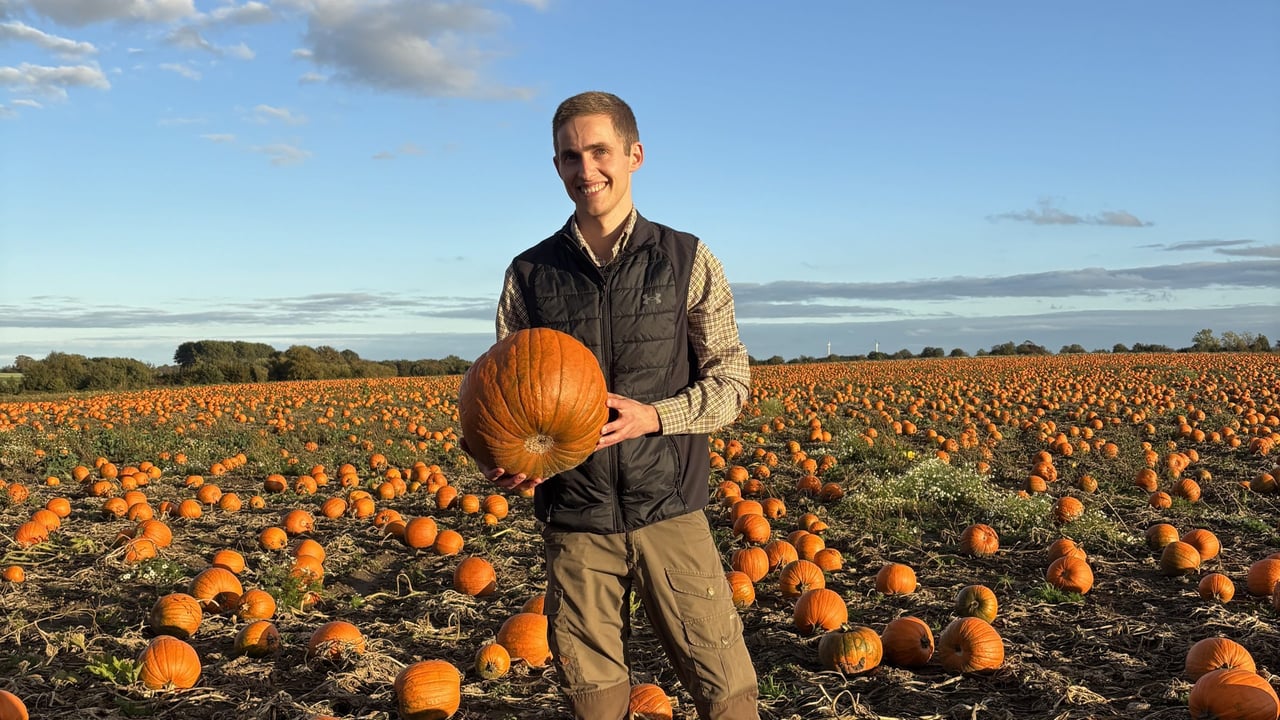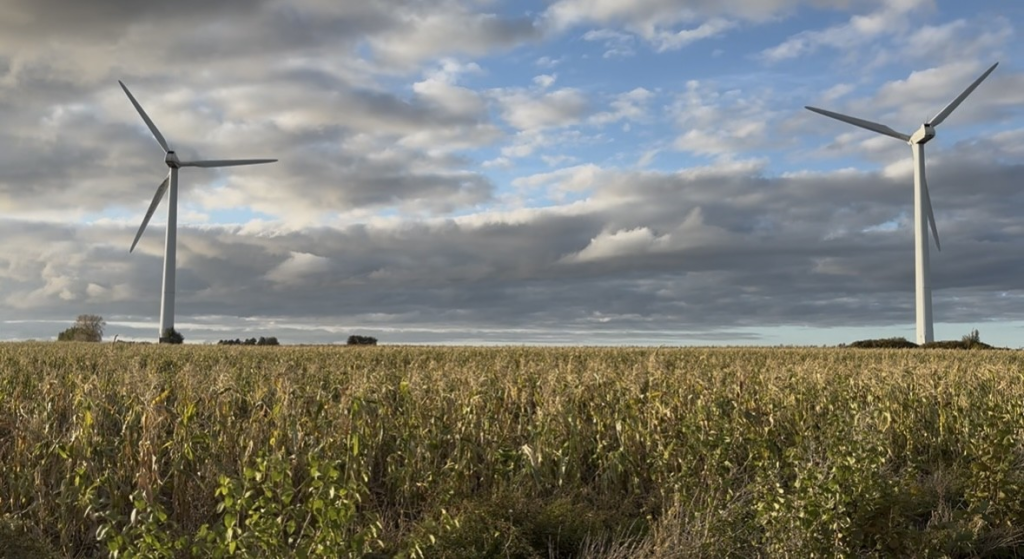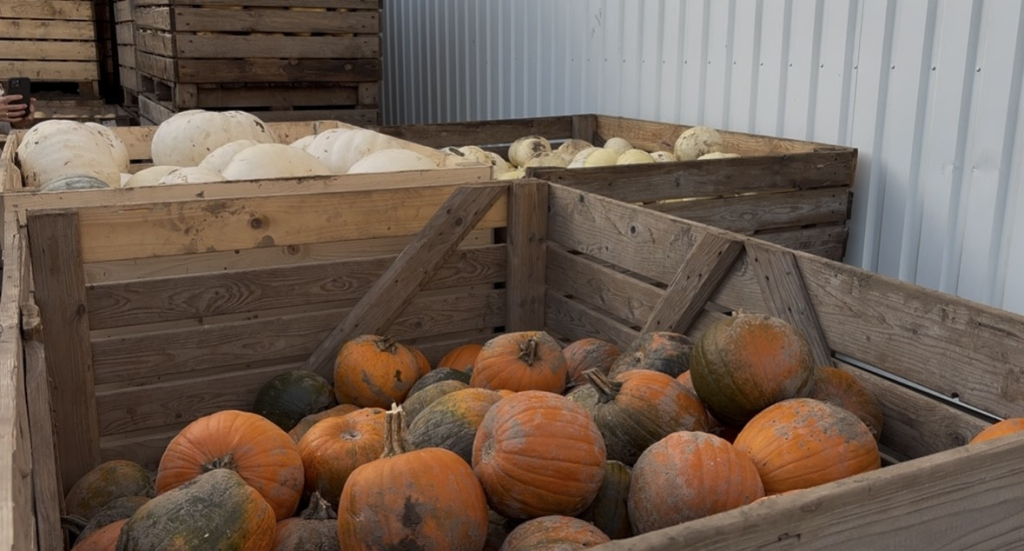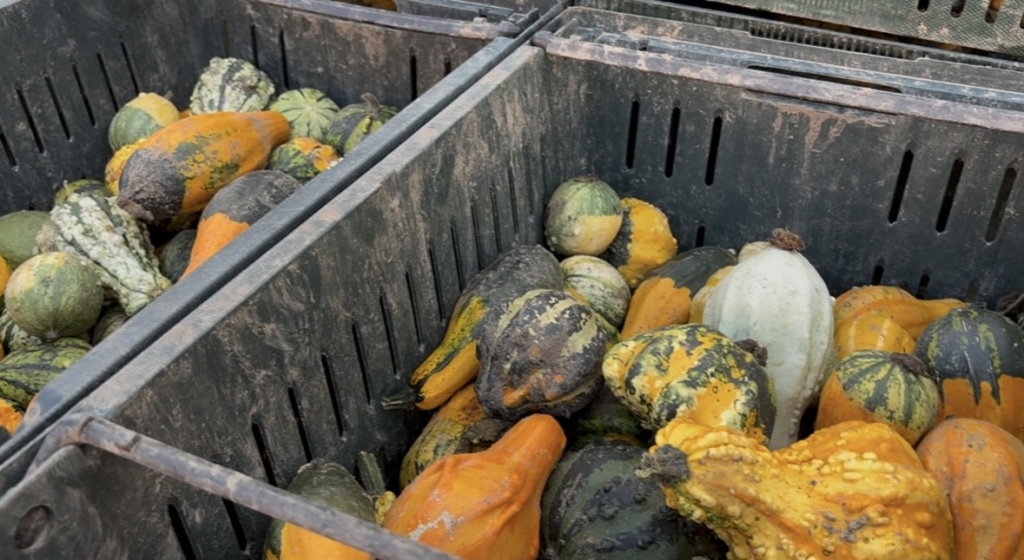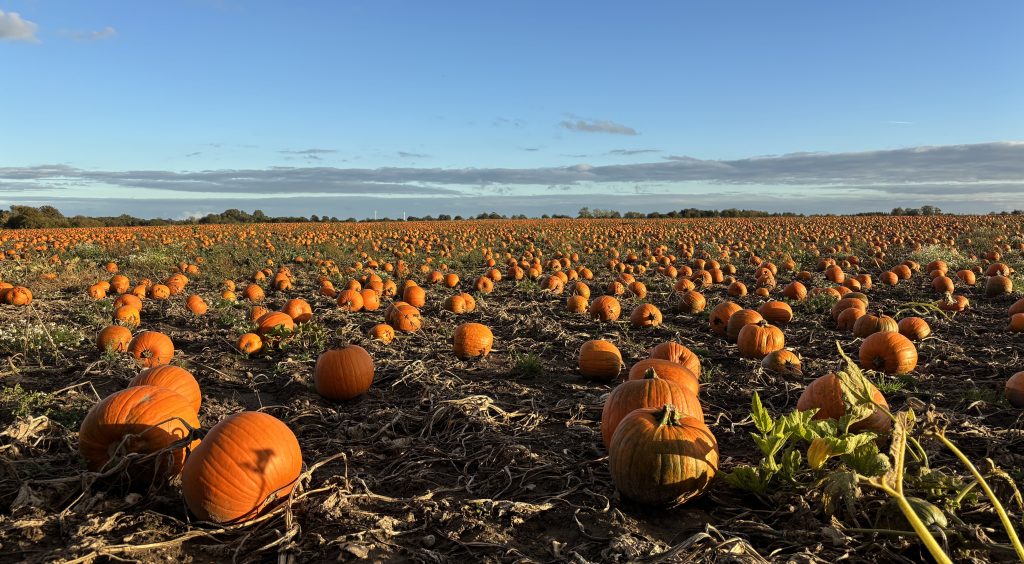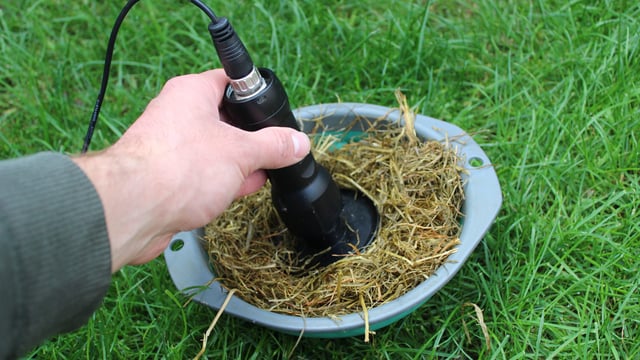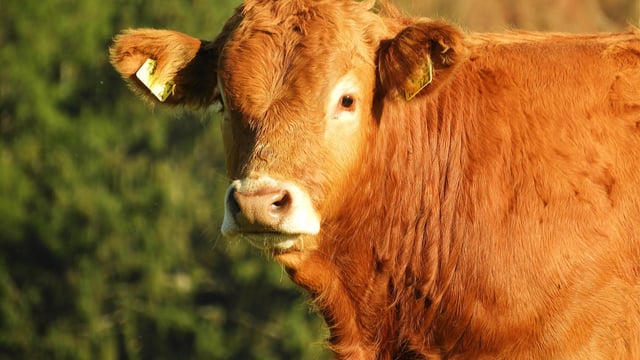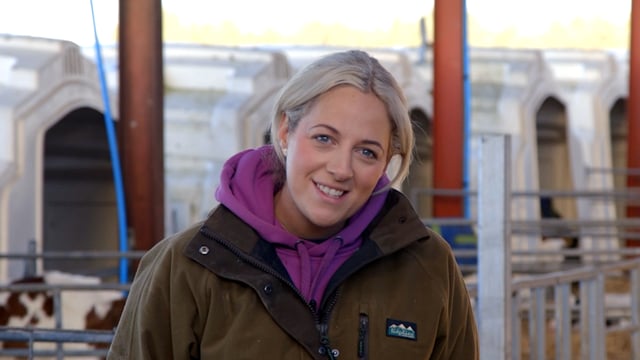Watch: Denmark's largest pumpkin producer in the lead-up to Halloween
It is as busy throughout October as you can imagine it to be on the site of Denmark's largest pumpkin producer.
Yet 31-year-old Christian Olesen, who is the owner of farms Hyldetoftegaard and Thorsbjerggaard in south-west Zealand, is certainly up to the challenge.
Both farms are located in the same area and had very similar backgrounds before both being run by Christian.
Hyldetoftegaard is the farm that Christian and his father Soren both grew up on. His father took over the farm in 1993 and began experimenting with horticultural crops.
Meanwhile, neighbouring Thorsbjerggaard was bought by Christian in 2023 from previous owner Peter Brodsgaard, who took the farm over in 1984 when vegetables became part of the farm's sources of income.
The farms are a few kilometres from Skaelskor, which is known as the 'sunshine town', where the climate is mild and particularly suitable for growing vegetables.
At Thorsbjerggaard, sweetcorn and pumpkin are the most important produce.
The farm is Scandinavia's largest producer of sweetcorn, and Denmark's largest producer of pumpkins.
At the second site, Hyldetoftegaard grows berries such as strawberries (around 600t), raspberries (300t) and blackberries.
Since the end of April, the farm has been picking, packing, and delivering strawberries every day.
Berry production takes place in large tunnel covers, with the tunnels heated by the sun and plants protected from rain and wind. The tunnels allow for a longer season.
The total growing area of the two sites covers 800ha, with vegetable production making up around 350ha of that.
This year, around 2.7 million pumpkins in total have been grown of all different varieties, and around 1.7 million squash and zucchini 'pieces' as they are referred to in Denmark, and 4 million sweetcorn.
There have also been 75t of peas and 30t of watermelons produced this year.
Both organic and conventional produce is grown, with everything produced for the Danish market.
A lot of the fruit and vegetable harvesting is done by hand on the farms, including the sweetcorn and pumpkins.
Depending on the time of year, there can typically be around 50 employees.
In October, Halloween pumpkins are the priority for the business, with harvesting and preparations for market taking place "day and night".
Christian said that it was around 10 years ago that pumpkin production started.
The farm produces decorative pumpkins for Halloween along with pumpkins for consumption, such as Hokkaido and Crown Prince varieties.
"We have six/seven different varieties of pumpkins for consumption," Olesen said.
All the pumpkins for consumption are grown organically, while all those for decoration are grown conventionally.
"We are not fanatic about if it's one or the other; it's all produced based on what the market is demanding," he added.
Olesen, who previously worked in finance, told Agriland that being a young farmer in Denmark is "fun" but "challenging".
He said there are "lots of opportunities for the ones that want to take up the challenge, I believe".
Olesen said that produce from countries like Spain "have a place in the market as well".
He explained: "We cannot compete on the price - costs in Denmark are higher than they are further south in Europe.
"The reason we have space in the market is that Danish customers still have a preference for buying Danish products. They are willing to pay a small fee extra."
He said that in Denmark, "culture is changing" and there is a "high focus" on lowering the volume of meat consumed and increasing intake of fruit and vegetables.
This gives growers like him "some opportunities to keep developing" and increasing production.

